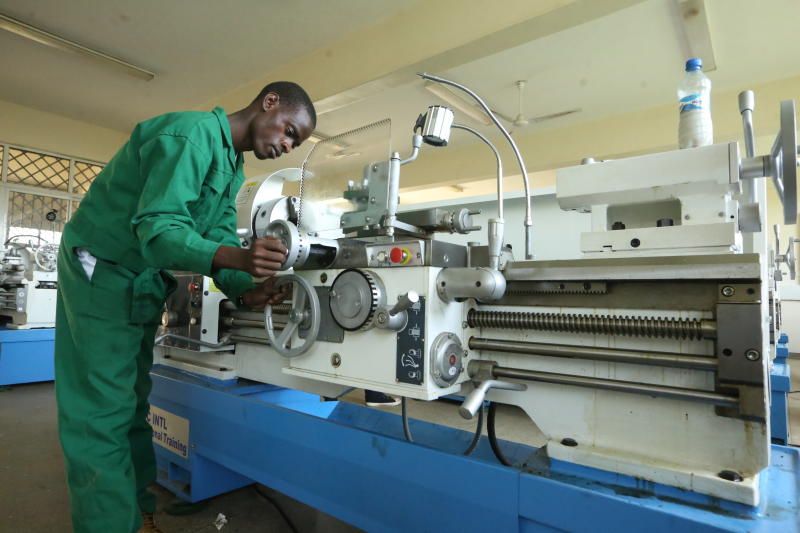Key Educational Reforms in Kenya Transforming Learning and Access
Key Take-aways from this Story
A New Era for Education in Kenya
Kenya’s education sector is in the middle of a transformation that is being described as one of the most comprehensive reform waves in recent years. The government, under the leadership of President William Ruto, has placed education at the heart of its social and economic agenda, promising to deliver a system that is both inclusive and relevant to the changing needs of the 21st-century workforce.
From reducing the cost of higher education to overhauling technical training, the reforms are designed to make learning affordable, broaden opportunities, and build a skilled population that can drive the country’s long-term economic growth. This focus on education is being seen not only as an investment in students but as a strategic move to empower Kenya’s next generation of innovators, professionals, and entrepreneurs.
Reduced University Fees
One of the most significant and immediate changes has been the reduction of university fees, a decision that has been widely welcomed by students and families who have long struggled with the rising cost of higher education. For years, prohibitive fees locked out many capable learners from poorer backgrounds, forcing them to either abandon their academic dreams or turn to unsustainable financial alternatives.
The fee reduction aims to bridge this gap by ensuring that no qualified student is left behind simply because they cannot afford tuition. This reform is not just about easing financial pressure on households; it is about building a fairer system where access to knowledge and opportunity is based on merit rather than privilege. It marks a clear recognition by the government that education is a fundamental right and a key driver of equality in society.
Strengthening HELB and Student Financing
Another pillar of the reform agenda is the strengthening of the Higher Education Loans Board (HELB), which has historically been the main source of financial support for university students. In 2025, the government increased HELB’s allocation by KSh 5 billion, raising the total budget from KSh 36 billion to KSh 41 billion.
Read this related article: Big Relief for Students as HELB Unlocks Billions in Funding
This significant boost has allowed HELB to expand its reach, with more than 300,000 students benefiting from loans for tuition and upkeep this academic year. For many learners, the timely release of these funds has provided much-needed relief, allowing them to focus on their studies rather than worry about how to pay for meals, rent, or textbooks.
By strengthening HELB, the government has reaffirmed its commitment to ensuring that higher education remains accessible and affordable, especially for students from disadvantaged backgrounds who often rely on loans as their only lifeline to completing their education.
Investment in TVET Institutions

Beyond universities, the government has placed a strong emphasis on strengthening Technical and Vocational Education and Training (TVET) institutions. This focus reflects a recognition that Kenya’s job market increasingly demands practical skills and hands-on training rather than purely theoretical knowledge.
By investing in modern facilities, updating curricula, and providing greater funding for TVET colleges, the government hopes to position these institutions as credible and attractive alternatives to traditional university education.
Students who graduate from TVET programs are being prepared for immediate entry into sectors such as manufacturing, ICT, construction, and renewable energy, all of which are central to Kenya’s development agenda. This reform is designed not only to tackle the persistent issue of youth unemployment but also to ensure that the country has a workforce that is versatile, innovative, and globally competitive.
Laws and Policies Backing the Reforms
To make these reforms sustainable, the government has also anchored them in law and policy. Initiatives such as the Competency-Based Curriculum (CBC) are central to this shift, aiming to replace rote learning with a system that prioritizes problem-solving, creativity, and innovation. In addition, updated policies in university governance, financial accountability, and technical education are meant to strengthen the efficiency and transparency of institutions.
The passage of new legislation, such as amendments to the Proceeds of Crime and Anti-Money Laundering Act and the introduction of the Conflict of Interest Act, also underscores a commitment to safeguarding educational funds from misuse. Together, these frameworks create a foundation that allows the reforms to not only take root but also remain resilient against challenges that have derailed past efforts in the sector.
Long-Term Vision
Ultimately, the educational reforms in Kenya are about much more than fixing short-term challenges. They represent a broader vision of transforming the country into a knowledge-driven economy where opportunities are widely distributed, and talent is nurtured regardless of background. By reducing university fees, expanding student financing, and strengthening TVET programs, the government is laying the groundwork for a society that values learning as both a right and a tool for national progress.
If fully implemented and sustained, these reforms have the potential to redefine Kenya’s education landscape, equip young people with the tools they need to thrive in an evolving global economy, and position the country as a hub of innovation and skilled labor in Africa.





0 comments